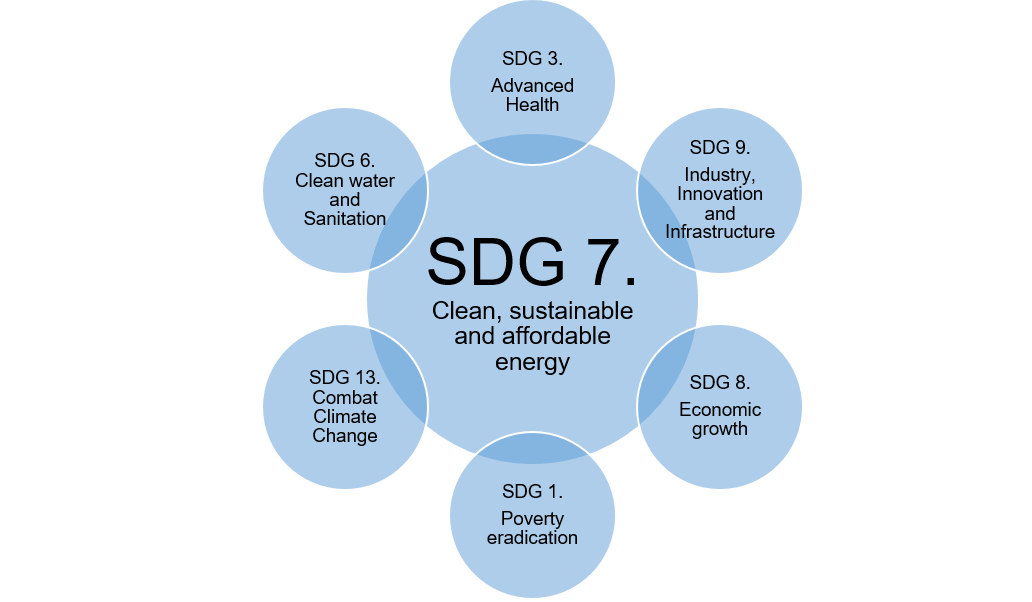U.S. coal power generation plunged by 30 percent in the first half of 2020 off an already-depressed base, shoved out by natural gas and renewables amid low energy prices linked to the COVID-19 pandemic, according to new figures from the Energy Information Administration.
Since its peak in 2007, U.S. coal consumption has been on the decline. But the trajectory of its fall has been getting steeper, and 2020 looks set to be an unprecedentedly terrible year for the sector.
Electricity generation accounts for more than 90 percent of U.S. coal consumption. In 2019, coal generation fell to a 42-year low, dropping by a record 16 percent. That record low does not look like it will last for long.
Renewable electricity output rose 5 percent in the first half of 2020, and natural-gas generation surged by 9 percent in the lower 48 states, the EIA says, with gas-fired generation hitting a record U.S. high in late July during the typical summertime peak.
Natural gas was already the leading source of U.S. power generation by some distance, with a 38 percent share in 2019, followed by coal (23 percent), nuclear (20 percent) and renewables (17 percent). The EIA’s renewables tally typically does not include behind-the-meter systems such as rooftop solar, a rapidly growing market in many parts of the country.
While coal power’s slide is helping to reduce carbon emissions, the reasons for its decline are largely tied to another factor: money. With average monthly Henry Hub natural-gas spot prices down more than 30 percent in the first half of the year, to $1.81 per MMBtu, and more than 180 gigawatts of wind and solar plants now online across the country, coal plants have simply become "uneconomical in most regions," the EIA says.
Since the beginning of 2018, the U.S. added 18 gigawatts of new combined-cycle natural gas plants while closing 31 gigawatts of coal power stations and 2.4 gigawatts of nuclear capacity.
Coal-to-gas switching has been most pronounced on the grids overseen by the PJM Interconnection and the Midcontinent Independent System Operator (MISO) — regions where price competition is particularly fierce between coal and gas.
While low-cost natural gas is the most immediate threat for coal power generators and their fuel suppliers, renewable energy is becoming a more serious competitor in parts of the country, notably the ERCOT grid in Texas. In ERCOT territory, most of this year's decline in coal generation has been replaced by renewables rather than gas, the EIA says. Gas-fired generation has actually declined slightly in Texas this year.
While gas plants remain the go-to option for many American utilities, there are growing questions about their long-term viability as more states embrace ambitious decarbonization mandates and more utilities adopt net-zero targets.
Last month Dominion Energy and Duke Energy, two major U.S. investor-owned utilities, abandoned their controversial multibillion-dollar Atlantic Coast Pipeline, after years of delays and court challenges. This week Duke said it will plug the ACP-sized hole in its capital investment plan with renewables and grid upgrades.
Joe Biden, the presumptive Democratic nominee in the 2020 presidential election, has called for a complete decarbonization of the U.S. electricity supply by 2035.
Just how quickly utilities can bend the curve away from natural gas will depend in large part on how quickly costs can come down for energy storage and other emerging clean energy technologies. In California, some communities are already choosing to replace old gas plants with huge batteries.







